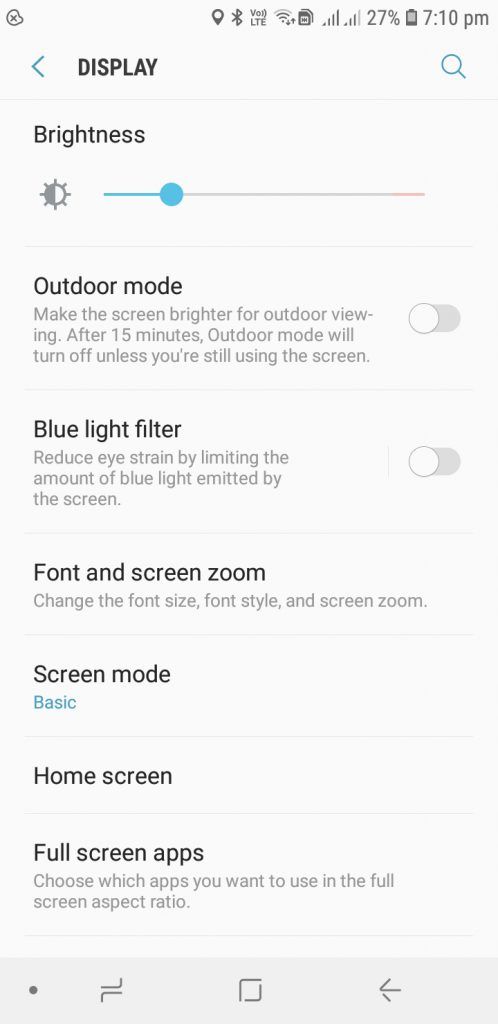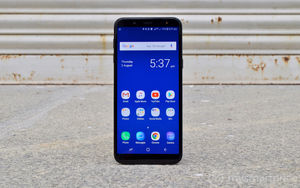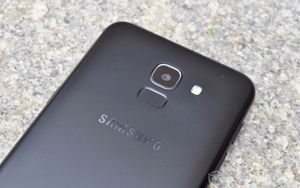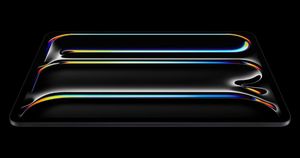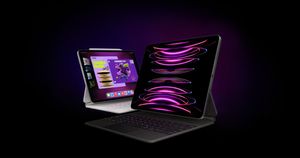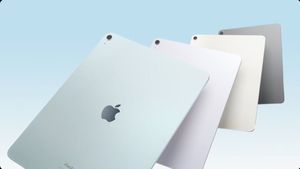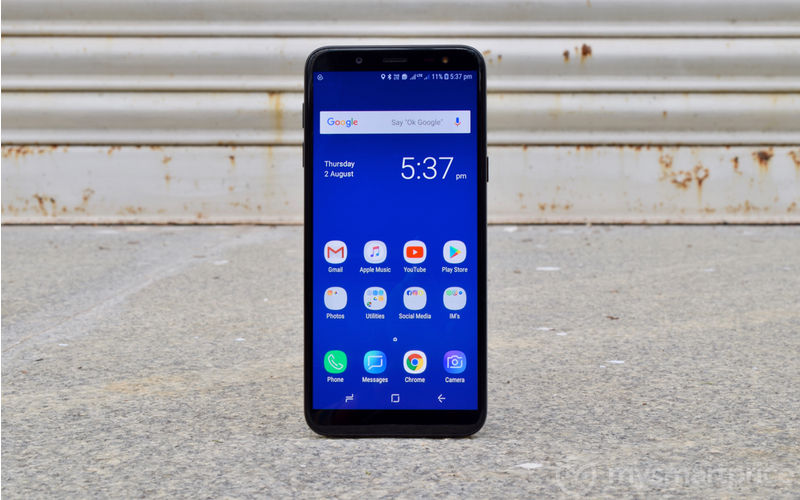
In the first part of the multi-part Samsung Galaxy J6 review, we told you about its design and build quality. In this second part of this series, we will have a look at its screen. The Samsung Galaxy J6 uses with a 5.6-inch Super AMOLED display. This smartphone’s display has HD+ resolution (1440×720 pixels), which is quite disappointing considering that most other smartphone in its price segment comes with Full-HD or Full-HD+ resolution. Due to the lower resolution, the display looks pixelated to the naked eye and the content on the screen looks below average.
Another major issue with the Galaxy J6’s display is that it lacks automatic brightness mechanism, something even entry-level smartphones have these days. So, it’s a shame that a lower mid-range smartphone from the world’s largest smartphone brand lacks something as basic as automatic screen brightness. You will have to set the brightness level manually every time there is a change in your ambient lighting conditions, which is a very frustrating task.
Samsung Galaxy J6 Display: Performance
Not all is bad, though. Since the Samsung Galaxy J6 features an OLED screen, it can theoretically display inky, true blacks, which is unlike most lower mid-range smartphones in the market right now. However, the display performed poorly in our black level test; it suffered from discolouration and noise. So what does that mean in real-life usage? Well, it means that when you watch content such as images and videos with darker scenes, you might not be able to see the exact dark shade that the content creator had intended to show you. As for the noise, it will make the content look less appealing. That being said, you won’t be able to figure out the discolouration and noise unless you compare the Galaxy J6 side-by-side with a really good smartphone display.
Moving onto the colour saturation performance, the screen of the Galaxy J6 can’t differentiate between harder to display gradients of red and blue, which means that while you are watch content with these colours, you might miss out on some details. The gamma value is way off the 2.2 range, and the screen also has slight banding issues, but within an acceptable level.
On the other hand, the white saturation levels of the display are very good. Hence, the content with bright scenes will look great. The screen also has good sunlight visibility, thanks to the AMOLED panel, higher brightness levels, and a largely non-reflective surface. The device also has a blue light filter, which as its name suggests, helps in cutting down the blues, which (admittedly) reduces strain on the eyes while viewing the display in pitch dark environments. The displays of most smartphones priced under Rs. 20,000 have issues with black levels, gamma, and gradients, but they at least have enough resolution and of course, the automatic brightness feature, which the Samsung Galaxy J6 doesn’t.
Samsung Galaxy J6 Display: What Do We Think?
Samsung is known for manufacturing the best displays in the industry. According to DisplayMate’s recent report, the Galaxy Note 9 has the best smartphone display in the world right now. The South Korean electronics component manufacturer even supplies displays to other smartphone manufacturers, including Apple. While the Galaxy J6 isn’t anywhere close to the price of the Galaxy Note 9, it is disappointing to see that it has so many issues, including lower resolution to start off with.
I think that Samsung could have equipped the Galaxy J6 with a higher-resolution screen, or at least an ambient light sensor for automatically adjusting screen brightness on the fly to save battery and reduce a need of manual adjustment. I hope Samsung fixes this in its upcoming entry-level smartphones, but for the Galaxy J6, its display is quite disappointing even though it’s a Super AMOLED panel.
In the next article in our multi-part Galaxy J6 review, we will discuss its camera performance. Stay tuned for the updates.
